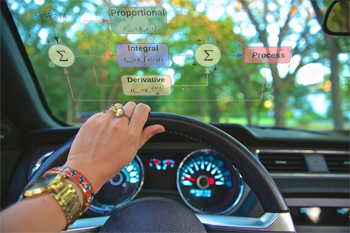
Many of us in the extrusion industry have heard of PID control loops, but do we fully understand the causes and effects PID control loops can have on the extrusion operation?

We frequently justify the screen roll cost against the standard square mesh filter packs used in slide plate machines. When a roll of screen can cost $1,000 or more depending on the size, it inevitably attracts the attention of purchasing departments. But when you break down the screen cost as a function of the pounds of product processed through the filter, it becomes clear that screen cost is insignificant.
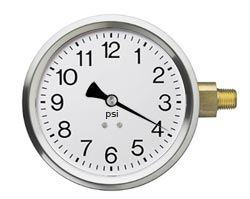
Pressure change vs. timed movements. In the world of continuous belt screen changers, this has long been a topic for discussion. Many processors just set the machine up in pressure control mode and let it do its thing. But that isn’t the best way to run this style of machine. Here’s why.

Conducting Trials at a Cast Film Biaxial Orientating Laboratory to Achieve Desired Properties for Sustainable Plastics - Research and development teams continue to work on viable alternatives to commodity polymers and rely on research facilities to test their blends.
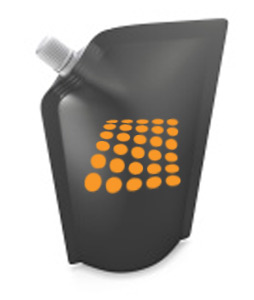
Although the number of processors manufacturing oriented plastic films represents only a small fraction of those involved in the massive plastics industry as a whole, the volume of material processed is significant, and oriented films are vital high-value components in the manufacturing of many everyday products such as food packaging, battery separators, easy-tear pouches, and more.
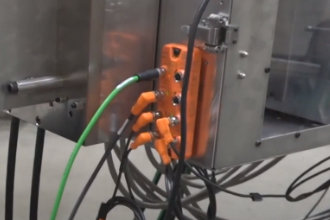
IO-Link smart sensor technology has received a great deal of attention recently and for good reasons. This technology has found its way into many industrial applications due to its advantages over standard binary and analog interfaces. IO-Link smart sensors are a much more intelligent communication technology that not only transfers measured values and switching signals but can also store parameters, deliver signal quality, and device status.

As the name implies, a web accumulator is a machine built for one primary function, to accumulate and temporarily store material fed from or into a continuous process to a machine or operation that must be momentarily stopped or run slower than its processing line speed.
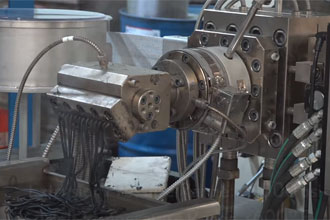
Conducting trials of your material in our filtration lab line is a great way to gather insight into how your application will perform when filtering contaminated thermoplastics through the KCH continuous belt screen changer.
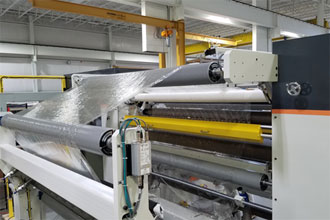
At its core, a slitter rewinder has one primary function, to unwind a mill roll and convert it into multiple smaller rolls. This function may sound straight forward, but these machines can be anything but simple. They are typically engineered to handle a wide variety of materials, each with their processing requirements. There is a lot to consider when choosing the best options for an application. One of those options is choosing the best web entry path from the unwind stand to the slitting and rewinding section.
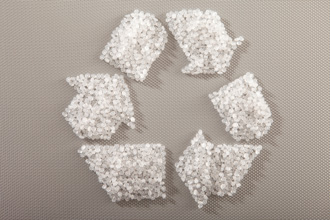
Parkinson Technologies is committed to participating in the plastics sustainability vision by engineering extrusion filtration solutions that enable greater recycled material usage.
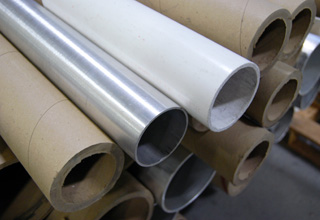
A substantial percentage of all products wound into a roll start by applying the material to some form of a tube, or core, to begin the winding process. On the rare occasion, this task can be completed without using a core at all, but the majority use a paper, plastic, or metal tube, with paper being the most commonly used core material. When the roll of material on the core is used up, the core generally gets discarded (think of a roll of paper towels used in your kitchen). These easily disposable items are sometimes viewed as trivial components of the production process, yet they can cause significant pain to those directly involved in the converting process if their quality or physical properties are not suitable for the operation.
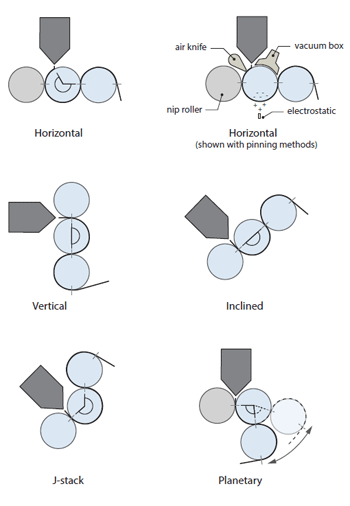
Roll Stack, Sheet Stack, Roll Stand, Take-Off System, Casting Machine, these are just a few of the terms that the plastics processing industry uses to describe the equipment immediately downstream of a flat die on a film or sheet extrusion line. Regardless of the term used to describe this device, it’s basically an arrangement of heat transfer rollers designed to cool and shape molten polymer after it has been extruded through a die to form a continuous web of film or sheet. There are many possible arrangements of the rollers, but the most common are horizontal, vertical, inclined, J-stack, and planetary. What are the differences and why would one configuration be used over another?
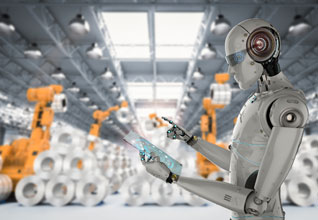
When narrowing down your specifications for a new web handling or converting system, it is important to consider the various levels of automation that are available, the costs associated with each, and the long-term savings that are realized by including these features in your initial purchase.When narrowing down your specifications for a new web handling or converting system, it is important to consider the various levels of automation that are available, the costs associated with each, and the long-term savings that are realized by including these features in your initial purchase.
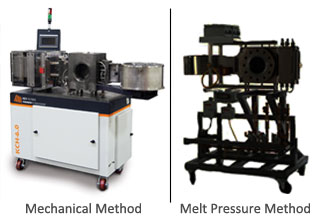
Continuous Belt Screen Changers are a proven technology to effectively filter contaminates, while maintaining uniform melt pressure in plastic extrusion processes. They achieve this by advancing a ribbon of screen across a breaker plate which continually removes spent screen and introduces fresh screen into the flow to ensure uniform melt pressure over time. While this basic operating principle is employed across all styles of continuous belt screen changers, it does not mean they are all created equal.
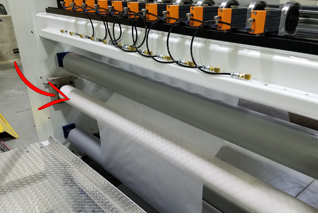
A converting machine operator has the unenviable task of producing wound rolls of acceptable quality from imperfect web materials. It takes an incredible amount of technology and equipment to produce some of the high-tech structures used in today’s flexible packaging applications, and things don’t always go as planned.
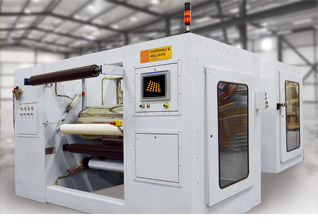
While any given MDO may appear to be a simple arrangement of heated, driven rollers, determining the optimal MDO configuration for a specific application and capacity is where the real challenge lies.
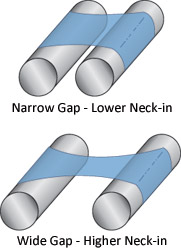
In our previous articles on Machine Direction Orienters (MDOs), we reviewed key process parameters and examined how their impact on stretching conditions would affect the selection of machine configuration for various applications. One aspect of the stretching process that we haven’t yet addressed is how the stretch ratio relates to dimensional changes in the oriented web.
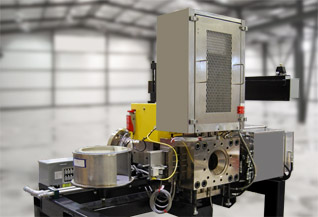
Continuous-belt screen changers are an economical and efficient method of filtering out contaminants in thermoplastic material due to their ability to provide constant melt extrusion pressure to downstream processes over long periods of time. The absence of process interruptions needed to change screen packs in other types of filtration translates into increased production and decreased scrap, bringing maximum efficiency to your extrusion operation. However, if you notice that the pressure drop in your continuous belt screen changer is gradually increasing over time, despite regularly advancing the screen at recommended intervals, you may have a flow restriction from the gradual buildup of contaminants on breaker plate surfaces.
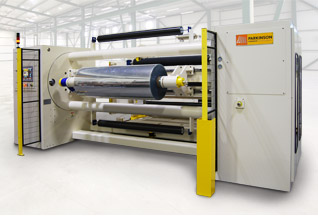
Maintaining the proper web tension at the unwind is critical to the success of a web process. In most situations, two components work together to achieve and maintain the desired tension. Previously we discussed one of these components, the braking system, which applies torque in proportion to the desired web tension. We will now focus our attention on the control system, which provides the required signals to the braking system to regulate the web tension. Control systems are open loop or closed loop and various configurations of each of these exist.
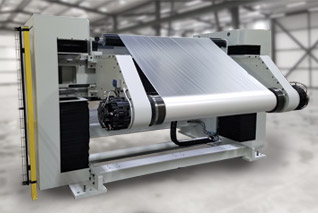
Many web processing applications need a way to unwind web material into a subsequent operation. Whether used inline in an extrusion laminating process or offline in a slitting and rewinding operation, an unwind stand must deliver the material into the process while maintaining the proper web tension to ensure reliable web transport. It’s the tension control requirements that can complicate the simple act of unwinding the material.

As mentioned previously in Part 1, to orient material we need to heat and apply a longitudinal stretching force using a series of rollers running at increasing surface speeds. Depending on the application, the MDO will be designed using a single or multi-stage stretching section. However, we need to first understand the critical process conditions: mainly how the stretch rate, stretch ratio, and the line speed influence one another and ultimately affect the results of the material being oriented.
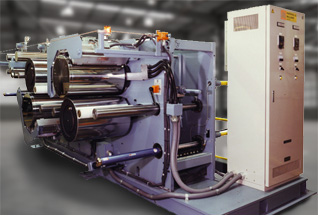
The first key aspect that you need to consider when thinking about an MDO is the heating medium you’re going to use in your application. There are four common types and I’ll quickly explain each one to give you a better idea of when it’s used.
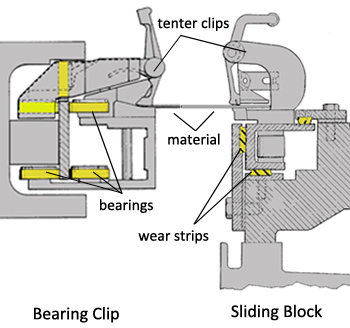
In a previous article we explained that there are two key components in a TDO tenter that make stretching plastic sheet possible; the tenter rail hinge and the tenter clip and chain system. In this article we’ll look at tenter clips and chains and explain the two basic types along with their advantages and disadvantages.
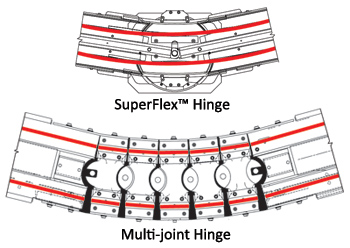
One of the key components of a TDO system that makes stretching plastic sheet in the transverse direction possible is the tenter rail hinge, but not all hinges are created equal.
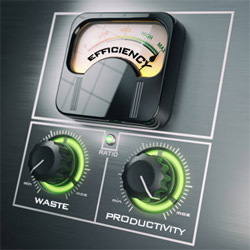
In two previous articles, lay-on rollers were discussed. From the evolution of the lay-on roller to the advantages of the more modern linearly-acting lay-on roller and minimum gap configurations to improve winding and web handling performance. Now the discussion will focus on the advantages of having predictable web tension and lay-on nip controls within this type of lay-on roller system.
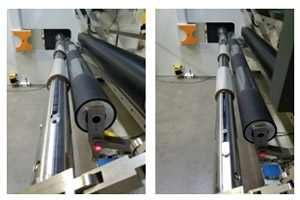
Over time lay-on roller technology evolved from simple pivoting support arms, to pneumatically loaded, and then the individual lay-on roller system was introduced. However, these individual lay-on rollers added complexity and room for error due to the difficulty of not knowing how much lay-on nip force to apply. Thus, linearly-acting lay-on roller systems were developed to provide better nip force control.
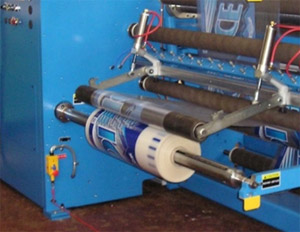
Today’s web converters are challenged with production requirements that are becoming increasingly difficult to satisfy with the technology of their older slitter rewinder equipment.Roll quality standards are harder to achieve as materials being processed are thinner, have lower modulus and have either very high or very low coefficients of friction, or when production speeds and finished roll sizes continue to increase. One area where we have seen gains being made is the development of improved lay-on roller systems that help address these process challenges.
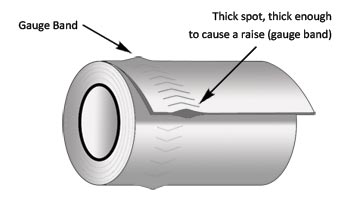
While it’s natural for processors to blame the winder when defects appear in roll goods, more often than not the root cause of the problem can be traced to the process upstream.
In many production facilities today, high-speed converting is essential for greater productivity. Unfortunately, high speeds can also be counterproductive because roll quality can suffer. At higher speeds, air is entrapped between the incoming web and the surface of the roll, resulting in air pockets and bubbles that allow the roll layers to shift against each other. The industry’s answer to this problem is the top-riding roll, a welcome refinement to winder and slitter rewinder applications.